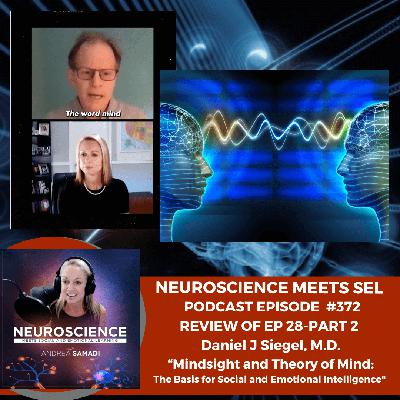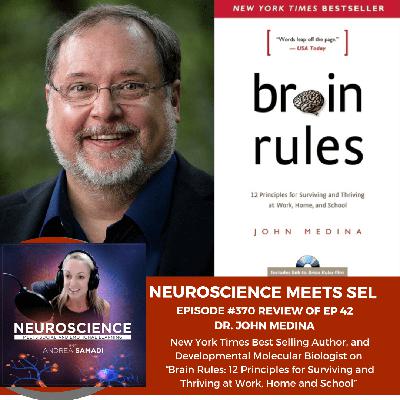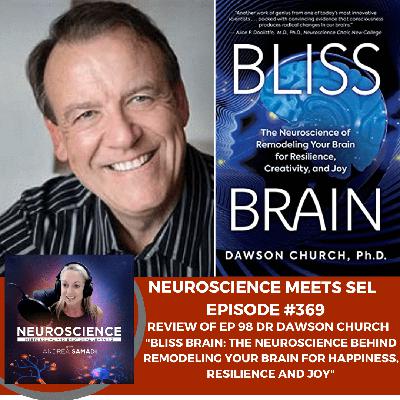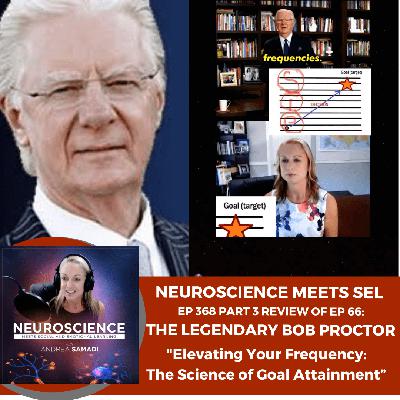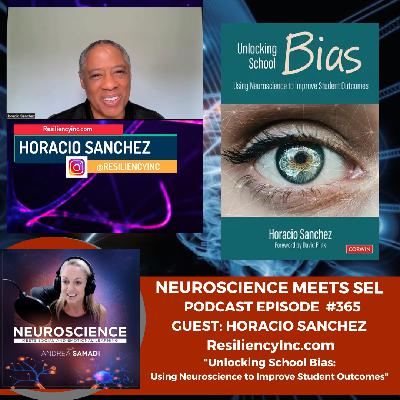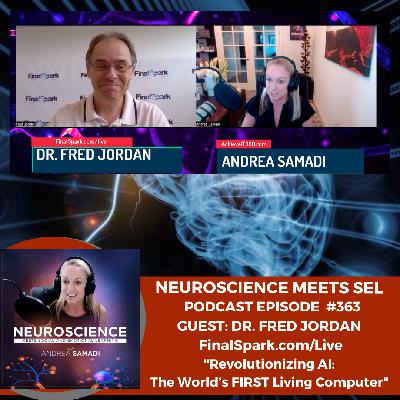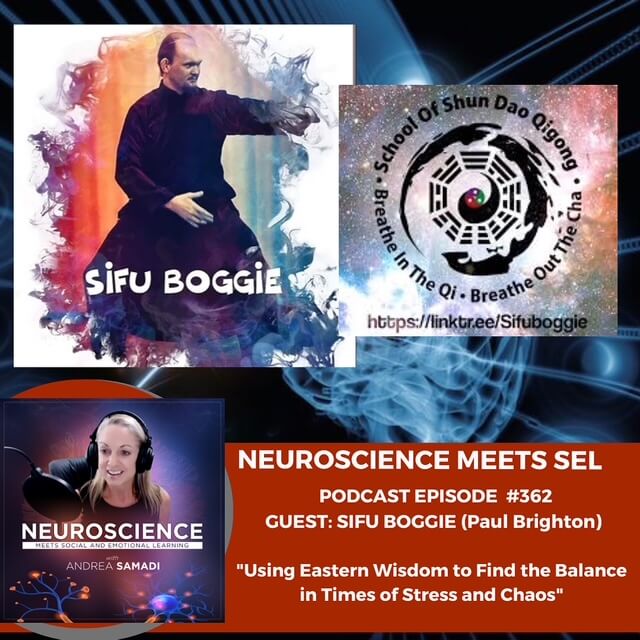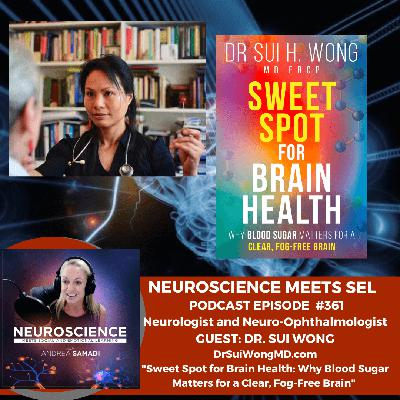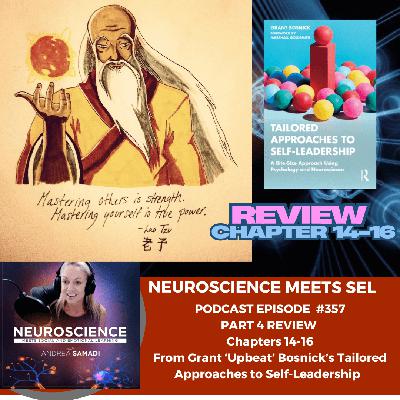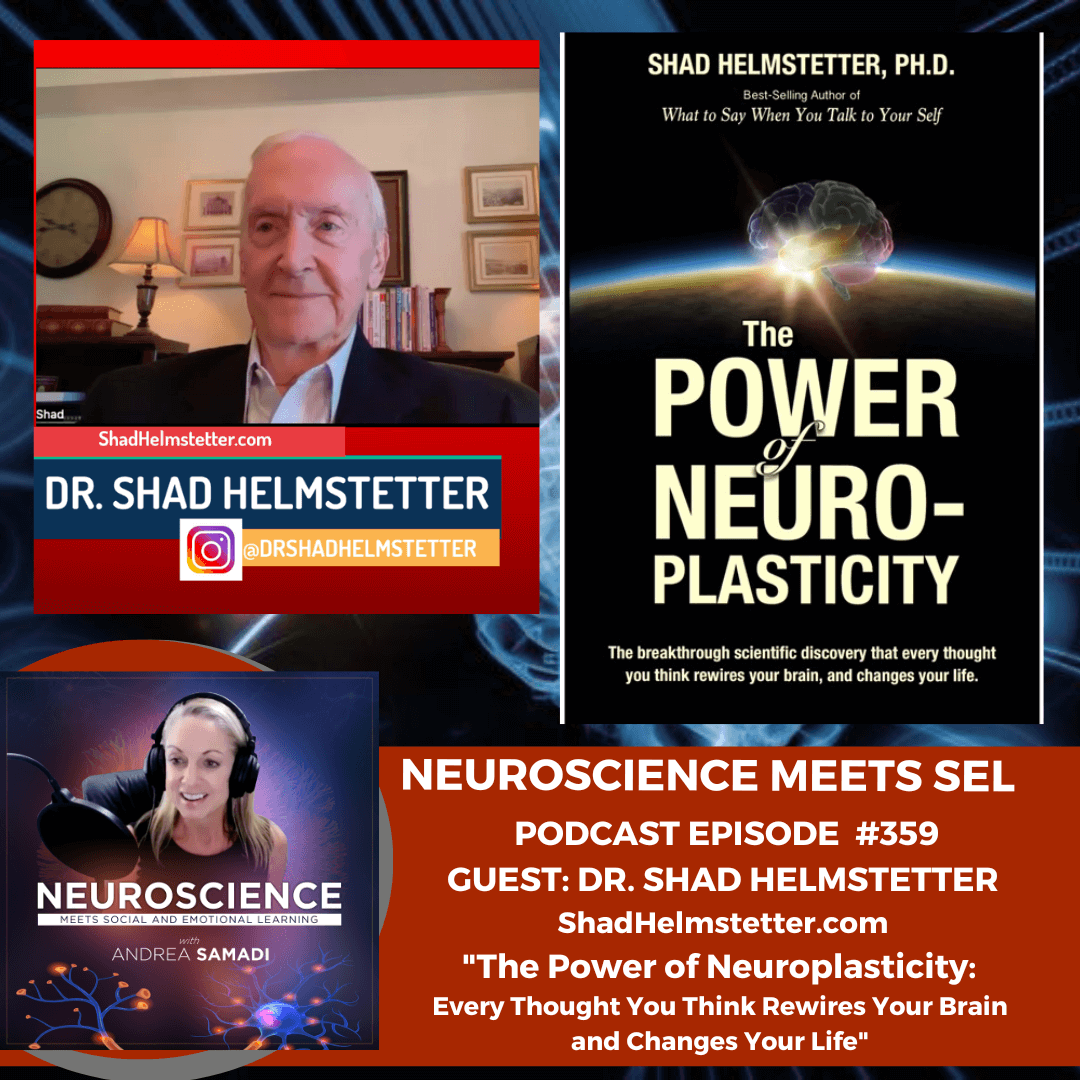How Exercise Primes the Brain: Insights from Dr. John Ratey
Description
Season 14, episode 375 reviews episode 116 with Dr. John Ratey, exploring how exercise and lifestyle shape brain health and learning.
The episode highlights Naperville’s Zero Hour PE case study, explains how physical activity boosts attention and academic performance, and introduces BDNF (brain-derived neurotropic factor) as “miracle grow” for the brain.
Practical takeaways include exercising before challenging work or school, prioritizing low-glucose nutrition, using hormesis (fasting, intense exercise, sauna) to increase resilience, and improving sleep and stress management to support cognitive health.
On today's episode #375, we review our 2021 interview with Dr. John Ratey and will learn:
✔ How physical activity boosts attention and academic performance to improve results at school or in the workplace.
✔ What should we all understand about BDNF (brain-derived neurotropic factor) also known as “miracle grow” for the brain.
✔ How to build a faster, stronger, more resilient brain with exercise, nutrition, and with understanding hormesis.
Welcome back to SEASON 14 of The Neuroscience Meets Social and Emotional Learning Podcast, where we connect the science-based evidence behind social and emotional learning and emotional intelligence training for improved well-being, achievement, productivity and results—using what I saw as the missing link (since we weren’t taught this when we were growing up in school), the application of practical neuroscience.
I’m Andrea Samadi, and seven years ago, launched this podcast with a question I had never truly asked myself before: (and that is) If productivity and results matter to us—and they do now more than ever—how exactly are we using our brain to make them happen?
Most of us were never taught how to apply neuroscience to improve productivity, results, or well-being. About a decade ago, I became fascinated by the mind-brain-results connection—and how science can be applied to our everyday lives.
That’s why I’ve made it my mission to bring you the world’s top experts—so together, we can explore the intersection of science and social-emotional learning. We’ll break down complex ideas and turn them into practical strategies we can use every day for predictable, science-backed results.
Episode 375: Featuring Dr. John Ratey
For today’s Episode 375, we continue with our review of past episodes as we make connections to prior learning with whatever it is that we are currently working on this year. I’ll create a roadmap at the end of this season so this pathway will make sense to us (I hope!) as we piece together important parts of our success puzzle and begin to bring them to life.
You’ll notice that around the time of the pandemic, in 2020, our interviews took a turn towards health and wellness, and to stay on track, I created a framework of our Top 5 Health Staples on Episode 87[i], which eventually evolved into our Top 6 Health Staples.
Today, we covering the first health staple of exercise, jumping to Episode 116[ii] on “The Revolutionary New Science of Exercise and the Brain” with best-selling author Dr. John Ratey. Dr. Ratey is also an Associate Clinical Professor of Psychiatry at Harvard Medical School and an internationally recognized expert in Neuropsychiatry.
Dr. Ratey has published over 60 peer-reviewed articles and 11 books in 17 languages, including the groundbreaking ADHD “Driven to Distraction” series with Dr. Edward (Ned) Hallowell, MD. With the publication of “Spark: The Revolutionary New Science of Exercise and the Brain,” Dr. Ratey established himself as one of the world’s foremost authorities on the brain-fitness connection.
His most recent book, “Go Wild,” explores how we can achieve optimal physical and mental health by getting in touch with our caveman roots and how we can “re-wild” our lives.
🎧 Listen to Episode 87:
The Top 5 Brain Health and Alzheimer’s Prevention Strategies[iii]
🌐 Learn more about Dr. Ratey:
www.johnratey.com
We also did a Deep Dive into Dr. Ratey’s books
🎧 Listen to Episode 118[iv]:
A Deep Dive into Dr. Ratey’s books, Spark, Go Wild and Driven to Distraction.
The Power of Exercise to Prime the Brain for Learning
In our first video clip, reviewing our interview with Dr. Ratey he talks about the power of exercise to prime our brain for learning:
“You’re going to pay better attention if you exercise, because you turn on all the thinking parts of the brain. When you move, you’re turning on those thinking nerve cells, and especially your attention system. And that allows you to stay with an idea, to evaluate, to understand, to use your ideas, to scan your memory banks and also to keep in your seat while you are trying to parse through stuff that David Perlmutter wrote (he’s talking to me here). When you try to understand that, you need to have the sitting power and also the attention to go with it, so you can understand things.”
It was right here that I understood why I could not make connections with difficult material without exercising first. I’ve mentioned it often on past episodes, that exercise has to come before a difficult day, (for me) or I know I won’t be putting my best foot forward. This practice give me more capacity to handle life’s daily stressors.
I didn’t need to read Dr. Ratey’s Spark to know this—it’s just always been that way for me. Then I learned about his research and how he used this connection between exercise and learning with a school in Chicago called Naperville, which provides a powerful case study showing how aerobic activity can transform not only the body, but also the mind.
A Key Take-away from Dr. Ratey’s book Spark[v]
The Impact of Physical Activity on (not only our ability to focus on difficult work) but his research showed the direct impact on Academic Achievement
Dr. John Ratey wrote the book Spark after he saw Naperville’s results in the Trends in International Mathematics and Science Study (TIMSS), where the school ranked #1 in science and #6 in math in the world. This success proved that Naperville had discovered something remarkable — the strong correlation between exercise and academic achievement.
Naperville provided a powerful case study demonstrating that “aerobic activity can transform not only the body, but also the mind.” (Spark, p.19)
What was being taught at Naperville that was so unique was not just a P.E. class — it was a lifestyle. They emphasized fitness instead of sports through a program called Zero Hour PE, which was “supported by emerging research showing that physical activity sparks biological changes that encourage brain cells to bind to one another. For the brain to learn, these connections must be made; they reflect the brain’s fundamental ability to adapt to challenges. The more neuroscientists discover about this process, the clearer it becomes that exercise provides an unparalleled stimulus, creating an environment in which the brain is ready, willing, and able to learn.” (Spark, p.10)
What I loved about what they discovered at Naperville with their Zero Hour PE program — which “prepared students to learn through vigorous exercise” (Spark, p.11) — was that they created lifelong habits around using exercise as a stress-management tool throughout college and beyond. A habit that I’ve personally adopted as my #1 stress management tool.
Making Connections to Past Episodes:
We can go back and look at our past episodes where we covered this important health staple, uncovering that exercise seems to be the solution for every single brain problem. I think that this is one of the most important staples (next to sleep), and the reason why I try to make it as non-negotiable. If we can incorporate even 30 minutes of brisk walking every day, we will be miles ahead with our brain health. It wasn’t until I started to measure my activity, that I started to see that 30 minutes of walking really did make a difference. I didn’t need to be running or working really hard (like I used to think I had to do) to notice a difference, but I did need to put in some effort to move the needle. The benefits of daily, consistent exercise “come directly from its ability to reduce insulin resistance, reduce inflammation, and stimulate the release of growth factors—chemicals in the brain that affect the health of brain cells, the growth of new blood vessels in the brain, and even the abundance and survival of new brain cells.”[vi]
If for some reason, this whole idea of exercising still doesn’t sound the least bit interesting to you, you might be surprised like I was, that household activities like vacuuming, or raking leaves, or anything that gets your heart rate up, like shoveling snow can also fall into the category of moderate exercise. The idea is whatever you choose, that it remains consistent, so it eventually becomes something you do habitually.
I was shocked to see that while recording these podcast episodes, my heart rate jumped up much higher than my typical resting heart rate, (going into zone 1 and zone 2) showing me that improving my heart muscle, can come in many different forms.
ALZHEIMER’S PREVENTION THOUGHT FOR DAILY EXERCISE:
Dr. Ratey mentioned board-certified neurologist, researcher and New York Times Best Selling author, Dr. David Perlmutter[vii] (who wrote the Foreword to his book Go Wild)







